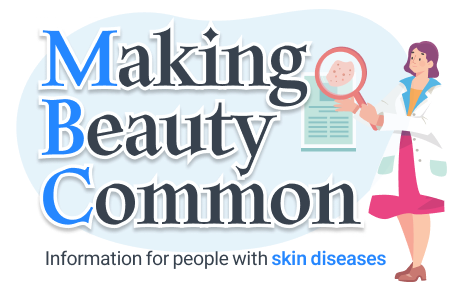New Jersey Woman's Journey Through Cancer Amid Concerning Trends in Annual Report
As the American Cancer Society releases its annual report showing both encouraging and troubling trends in cancer statistics, individual stories like Jamil Rivers' bring a human face to these complex figures. Her experience underscores broader societal issues while offering hope through resilience and advocacy.
A Personal Battle with an Early Onset
Jamil Rivers' world was turned upside down when, at the age of 39, she received a diagnosis of advanced breast cancer. This life-altering moment came at a poignant time, as her youngest child was still in kindergarten. Rivers' experience is far from isolated and represents a growing demographic concern.
According to Dr. William L. Dahut, the Chief Scientific Officer of the American Cancer Society, an unsettling trend has emerged where the risk of cancer is increasing for those under the age of 50. This age group, traditionally perceived as less vulnerable to cancer, is now experiencing higher rates of diagnosis, emphasizing the need for awareness and early screening initiatives.
Shifting Demographics in Cancer Diagnosis
The report highlights a significant change in gender-related cancer trends. For the first time, women under the age of 65 have a higher likelihood of developing cancer than their male counterparts. This shift calls for tailored approaches in medical screenings and public health strategies aimed at women, particularly those within this age demographic.
Furthermore, the report identifies racial disparities in cancer incidence and mortality. Native American and Black individuals continue to experience higher rates of cancer and cancer-related deaths. These statistics point to deep-rooted inequities in healthcare accessibility and quality, areas that Jamil Rivers is deeply passionate about addressing.
Stark Realities and Promising Progress
Despite these concerning trends, the report delivers promising news: there has been a 34% decline in cancer death rates over the past thirty years. This progress is attributable to advances in cancer treatment, better screening processes, and increased public health initiatives. However, this optimistic statistic must be tempered with the reality that cancer still poses a significant challenge, with over half a million deaths expected annually—a sobering reminder of the disease's pervasive impact.
Dr. Dahut equated this loss to the disappearance of two mid-sized cities from the country, a poignant analogy that highlights the scale of the tragedy still faced by many communities.
Advocating for Health and Equity
In confronting her own diagnosis, Jamil Rivers finds clarity and gratitude in the life she leads, even as she adapts to living with metastatic cancer. She's harnessed her journey into action, establishing a nonprofit to support women battling cancer and to champion the cause of equitable healthcare access.
Rivers' organization aims to break down barriers in the healthcare system, addressing disparities that disproportionately affect marginalized groups. Her advocacy work emphasizes the importance of universal access to preventative care and the critical role of early detection through recommended screenings.
Conclusion
The annual report from the American Cancer Society reveals a complex picture of cancer in America today. While strides have been made in reducing mortality, the trends of increasing cancer rates among younger populations, gender shifts in diagnosis risk, and racial disparities shine a light on critical areas needing attention.
Jamil Rivers' personal story embodies both the challenges faced by many and the hope that comes from community, resilience, and advocacy. Her journey is a testament to the power of facing adversity with grace and using personal struggles as a catalyst for change, inspiring others to engage in the fight for health equity and wellness.
출처 : Original Source

